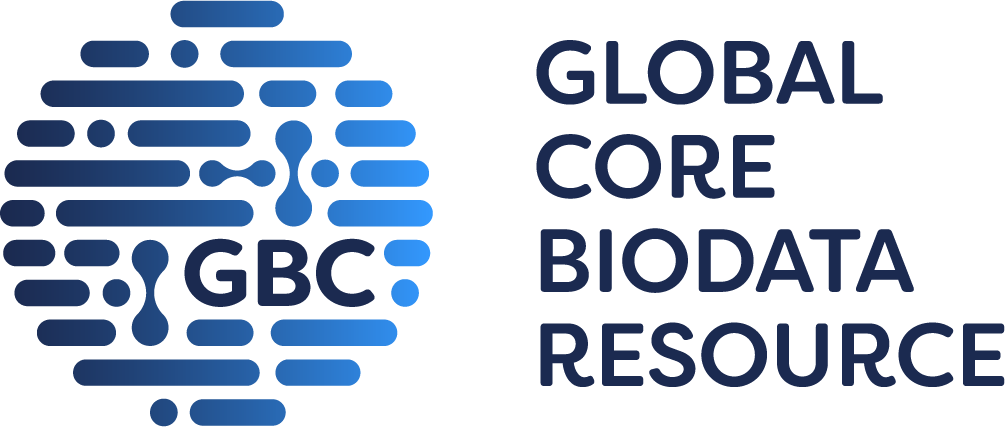mortality/aging
|
• mice are born at a lower-than-expected Mendelian ratio; 18% of homozygotes versus expected 25% are obtained from heterozygous intercrosses at P7
• however, once born, mice survive to adulthood and appear grossly normal
|
reproductive system
 N N |
• adult males show abundant presence of motile cilia in the efferent ducts
|
 |
• basigin (aka CD147) -- a transmembrane glycoprotein that is normally partitioned to the midpiece (MP) membrane of cauda epididymal sperm -- is distributed over the entire flagellar membrane, indicating a defective membrane diffusion barrier
|
 |
• 65% of cauda epididymal sperm fail to accurately position the annulus at the midpiece-principle piece (MP/PP) junction and have the annulus displaced into the principle piece (PP)
|
 |
• approximately 41% of cauda epididymal sperm exhibit sharply kinked sperm tails
|
 |
• cauda epididymal sperm count is significantly lower than in wild-type males
|
 |
• average adult testis weight is slightly lower than in wild-type males
• however, no overt histological abnormalities are detected on PAS-stained testis sections
|
 |
• immunofluorescence staining of adult testis sections for CBY3 (chibby family member 3) and the centriolar marker gamma-tubulin shows that CBY3 is NOT detectable at the distal region of the distal centriole, unlike in wild-type spermatids, indicating that annulus recruitment of CBY3 absolutely requires the presence of CIBAR1
• step 9 spermatids show no detectable CBY3 recruitment at the flagellar base; the curved periannular membrane exhibits decreased rigidity, allowing the annulus to migrate over the fibrous sheath into the PP
|
 |
• when adult males are mated with wild-type females for ~2 months, average litter size is 2.3 +/- 0.4 versus 7.7 +/- 0.8 for wild-type males
|
 |
• adult males show a 70% reduction in litter size when mated with wild-type females for ~2 months
|
cellular
 |
• basigin (aka CD147) -- a transmembrane glycoprotein that is normally partitioned to the midpiece (MP) membrane of cauda epididymal sperm -- is distributed over the entire flagellar membrane, indicating a defective membrane diffusion barrier
|
 |
• 65% of cauda epididymal sperm fail to accurately position the annulus at the midpiece-principle piece (MP/PP) junction and have the annulus displaced into the principle piece (PP)
|
 |
• approximately 41% of cauda epididymal sperm exhibit sharply kinked sperm tails
|
 |
• cauda epididymal sperm count is significantly lower than in wild-type males
|
endocrine/exocrine glands
 |
• average adult testis weight is slightly lower than in wild-type males
• however, no overt histological abnormalities are detected on PAS-stained testis sections
|



 Analysis Tools
Analysis Tools